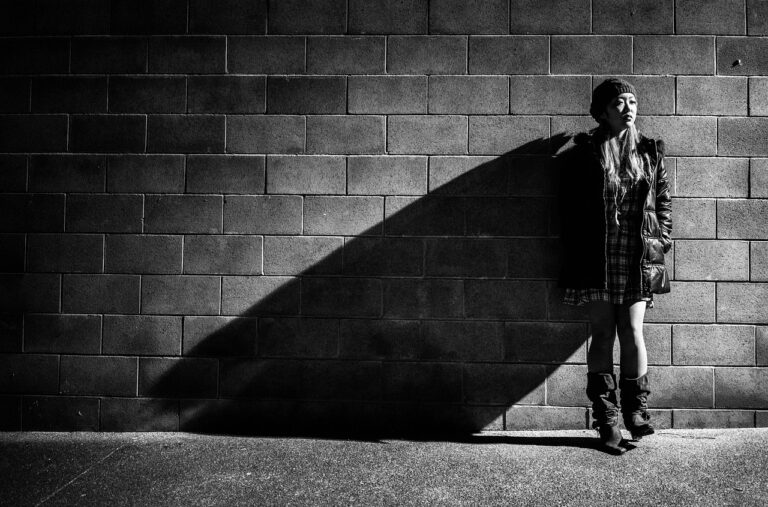Fashion and Literature: Fashion Icons in Contemporary Fiction
Kate Spade, a renowned fashion designer, once said, “Playing dress-up begins at age five and never truly ends.” In contemporary fiction, authors often use fashion icons to add depth to their characters. The clothing choices and personal style of fictional characters can reveal much about their personalities, backgrounds, and aspirations, allowing readers to connect with them on a deeper level.
Fashion icons in literature serve as more than just descriptions of clothing; they are symbolic representations of individuality and self-expression. Whether a character is draped in haute couture or prefers thrifted finds, their fashion choices can speak volumes about their values, insecurities, or desires. Through the lens of fashion, writers can subtly weave layers of complexity into their characters, reflecting the intricacies of human nature and the nuanced ways in which individuals navigate the world.
The Role of Fashion Icons in Shaping Character Development
Fashion icons in literature play a crucial role in shaping the development of characters within a narrative. Through the description of their clothing choices, accessories, and overall style, authors can effectively communicate details about a character’s personality, background, socioeconomic status, and values without explicitly stating them. The way a character presents themselves through fashion can provide readers with valuable insights into their inner thoughts, feelings, and motivations.
By carefully crafting the wardrobe of a character based on specific fashion icons, authors can create a visual representation of who that character is and how they navigate the world around them. Whether a character draws inspiration from classic icons like Audrey Hepburn or contemporary figures such as Rihanna, their fashion choices can serve as a powerful storytelling tool that enhances the reader’s understanding and connection to the character. Fashion icons in literature not only add depth and complexity to characters but also enrich the overall narrative by infusing it with elements of style, cultural references, and symbolism.
How do fashion icons influence character development in literature?
Fashion icons can shape a character’s personality, values, and actions based on their unique style and attitude towards fashion.
Can you give an example of a fashion icon in contemporary fiction?
One example of a fashion icon in contemporary fiction is Blair Waldorf from the TV show Gossip Girl, whose stylish outfits and confidence greatly influence her character development.
Why is the role of fashion icons important in shaping characters?
Fashion icons can provide depth and complexity to characters, as their style choices can reveal insights into their motivations, desires, and inner conflicts.
How do fashion icons contribute to the overall themes of a story?
Fashion icons can enhance the thematic elements of a story by representing societal norms, cultural influences, and personal identity through their fashion choices.
What are some common characteristics of fashion icons in literature?
Common characteristics of fashion icons in literature include a strong sense of self-expression, trend-setting abilities, and a signature style that sets them apart from other characters.





